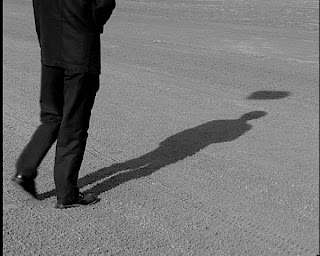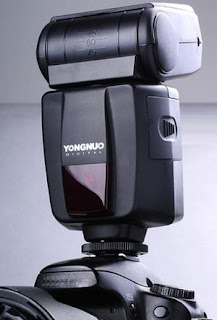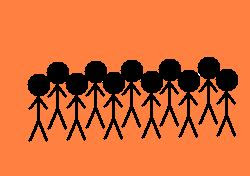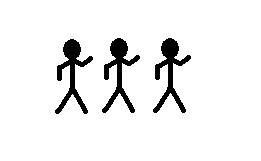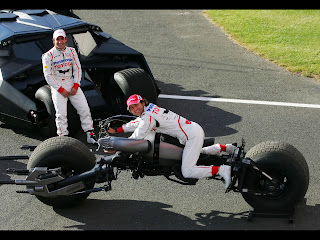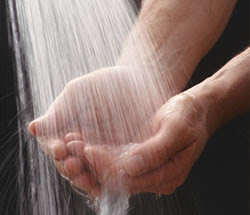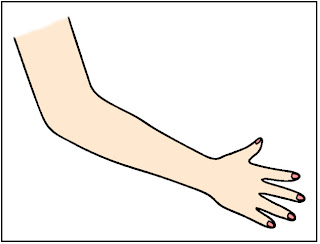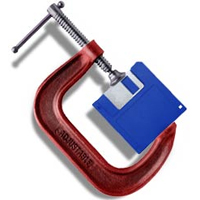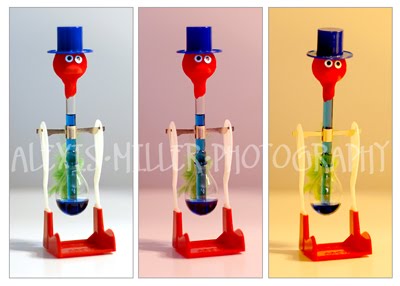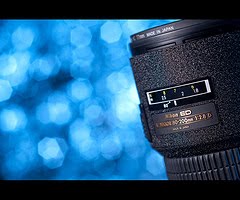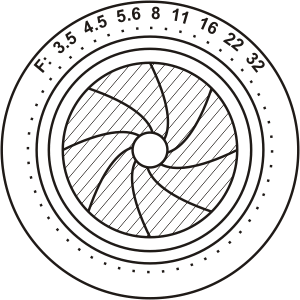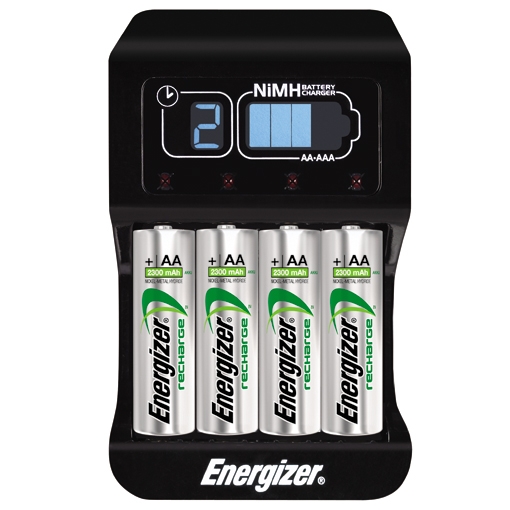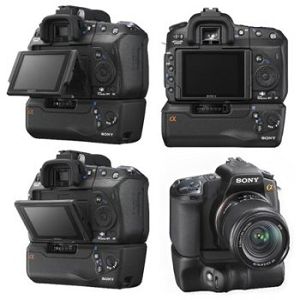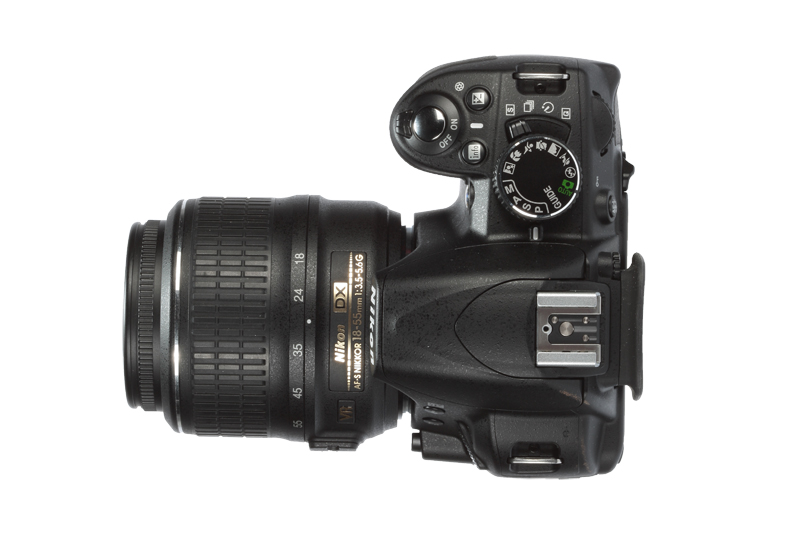
Flash Options
Barebulb. Barebulb flash units are powerful lights that consists of an upright flash tube sealed in a plastic housing for protection. Since there is no reflector, barebulb flash generates light that goes in all directions. It acts more like a large point source light than a small portable flash.
Light falloff with barebulb is less than with other handheld units, making it ideal for flash fill situations; you can use as wide a lens as you own and you won’t get flash falloff with barebulb flash. Barebulb flash produces a sharp, sparkly light, which is too harsh for almost every type of photography except outdoor fill. The trick is not to overpower the daylight. It is most desirable to let the daylight or twilight backlight your subjects, capitalizing on a colorful sky background if one exists, and use barebulb flash to fill the frontal planes of your subjects.
Barebulb flash units are predominantly manual, meaning you must adjust their intensity by adjusting the flash-to-subject distance or the flash output.Many photographers even mount a sequence of barebulb flash units on light stands at the reception for doing candids on the dance floor.
Diffused Flash. As an alternative to barebulb flash, some photographers like to soften their fill flash using a softbox. In this situation, it is best to trigger the strobe with a radio remote. This allows you to place the diffused flash at a 30 to 45 degree angle to the subject(s) for dynamic fill in. For this, it is wise to equal or overpower the daylight exposure slightly so that the off-angle flash acts more like a main light, establishing a lighting pattern. For large group portraits, it may be necessary to use several soft boxes (or to use a single one close to the camera) for more even coverage.
Flawless Fill Flash Exposure
To ensure accurate fill flash exposures every time, meter the daylight with an incident flashmeter in “ambi” mode. Let’s imagine that the metered exposure is 1/30 second at f/8. Next, meter the flash only. It is desirable for the flash output to be one stop less than the ambient exposure; in this case, you would adjust the flash output or flash distance until your flash reading was f/5.6. You would then set the camera to 1/30 second at f/8. That’s it. You could then set the flash output anywhere from f/8 to f/5.6 and not overpower the daylight; the flash would only fill in the shadows created by the daylight and add sparkle to the eyes.
TTL flash systems are ideal for working in mixed-light situations and are virtually foolproof. They can be balanced with existing light and easily programmed to over or underpower the available light by simply dialing in flash exposure compensation in 1/3-stop increments. In TTL flash mode, the flash will react as programmed, cutting or increasing output as you desire in order to optimize the combination of flash and existing light.



